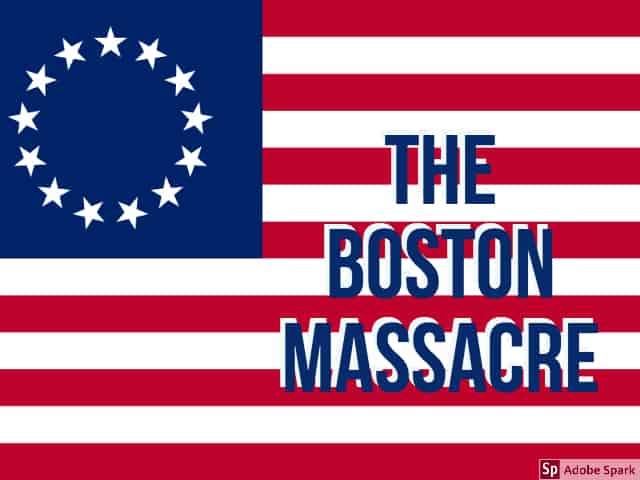Target Audience:
8th grade humanities classroom. This lesson will follow the lead up to the American Revolution thus students will have the knowledge to understand why the American Revolution was inevitably was going to happen along with the different depictions of the colonist and the British.
Content:
This lesson will go into depth about the different perspectives of the Boston Massacre of 1770. Students will start the day by reading a Newsela article. For the purpose of this lesson (in methods) I have cut the length of the article down and set the reading level at the max. However, when I use this lesson in class they will fully read it along with having different levels of difficulty. Followed by this will be the group work of deciphering the two different images. The more specific content of this lesson will be in the powerpoint below.
By the end of class, students should be able to answer a multitude of questions about the Boston Massacre, including:
- what were the different perspectives f the Boston Massacre, which occurred on March 5, 1770?
- What were two of the different perspectives of the Boston Massacre, which are depicted in the primary source images?
- What was the lead up to the Boston Massacre? (3 big points on the powerpoint)
Students will also be able to:
- Identify key detail that are in the primary source images
Citations:
https://sheg.stanford.edu/history-lessons/boston-massacre
https://newsela.com/read/historic-news-bostonmassacre/id/17451/
https://spark.adobe.com/video/UQcNJ8uygGHl8




